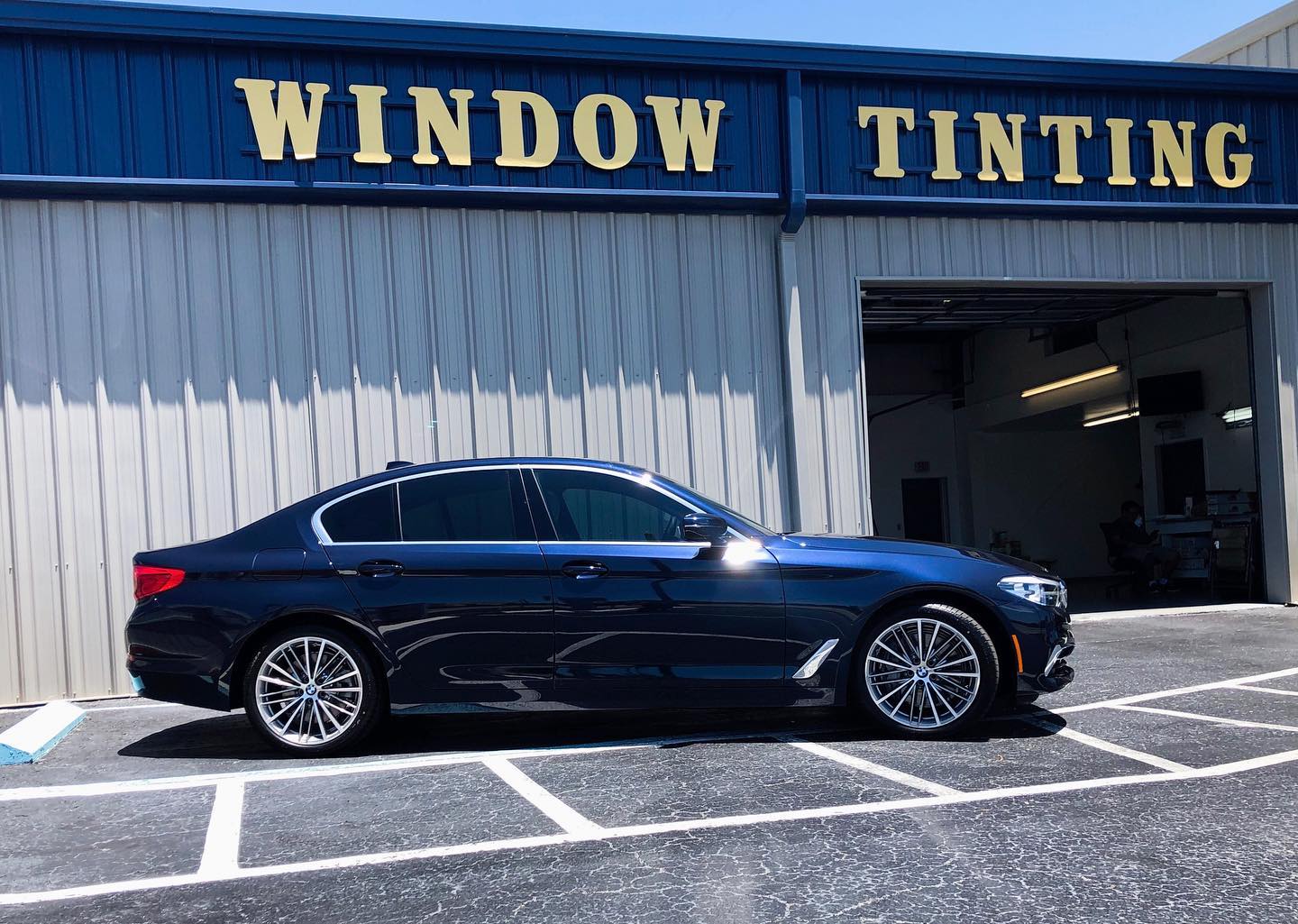

There are devices used by professionals and law enforcement that measure VLT levels with extreme precision. Experienced automotive window tint technicians will be able to estimate your VLT to an accuracy of about 5% just by looking at it. There are several ways to find out the current VLT of your car’s glass. From this example, you can see that applying a film with a 10% VLT rating does not result in glass with 10% VLT. For example, applying a 10% VLT film (quite dark) to a glass that has a 75% VLT (quite clear), you multiply 10% x 75% = 7.5%. To calculate the total VLT of a vehicle’s window once tint has been applied, you must multiply the VLT of the glass by the VLT of the tint that is applied to the glass. The glass that most auto makers use has a VLT rating of about 80% (which is quite clear), but the default VLT of each car model varies.
#CAR TINT PERCENTAGES INSTALL#
The windows that car manufacturers install are never perfectly clear (100% VLT), so that can make it difficult to know which tint to have installed to achieve your desired overall tint. How do you calculate the true VLT of your windows?

A 10% VLT tint is very dark, as only 10% of exposed light passes through, whereas a film rated 75% VLT is comparatively light.

The lower the VLT percentage, the darker the window. The VLT of a specific tint is given as a percentage of the visible light that passes through the window so, a tint with a VLT level of 40% means that 40% of the visible light that a window is exposed to will pass through. Vehicle window film manufacturers and installers use a measurement called the Visible Light Transmission (VLT) to gauge the darkness of a window tint.


 0 kommentar(er)
0 kommentar(er)
